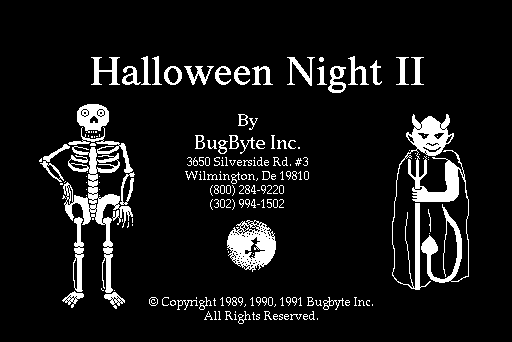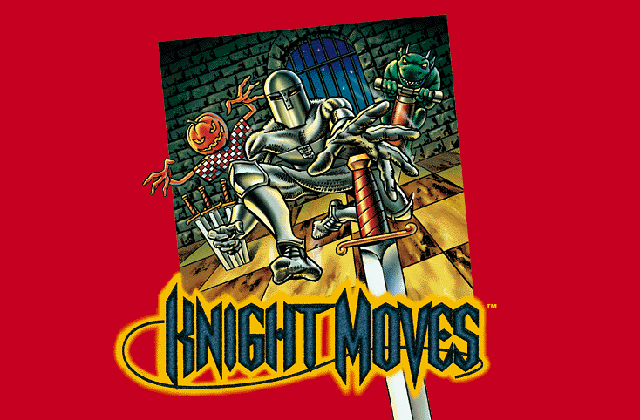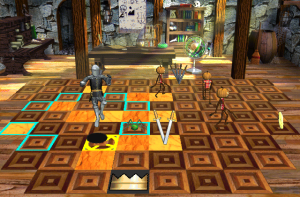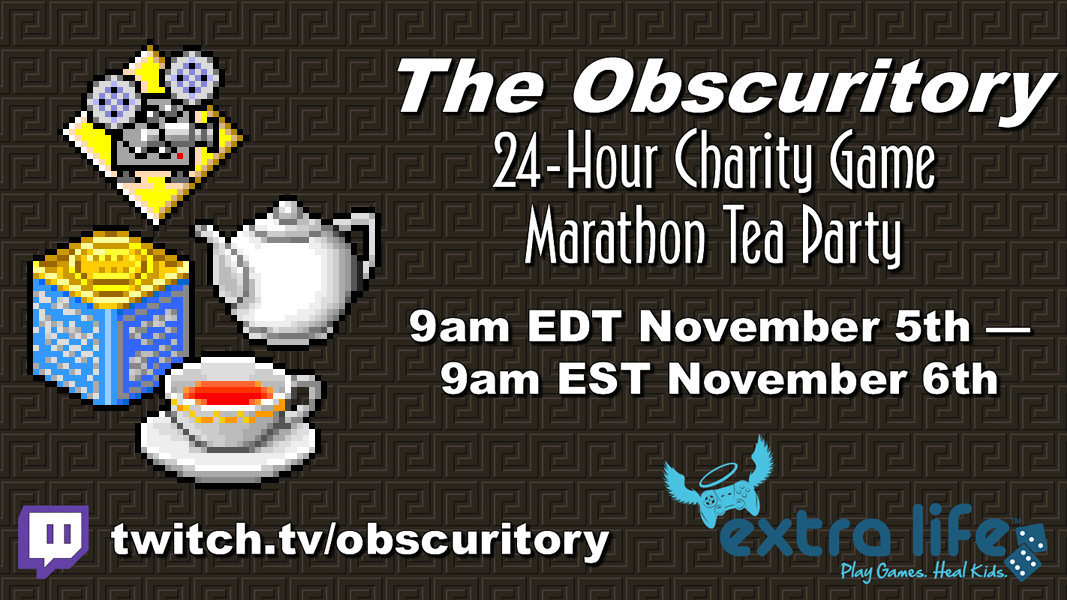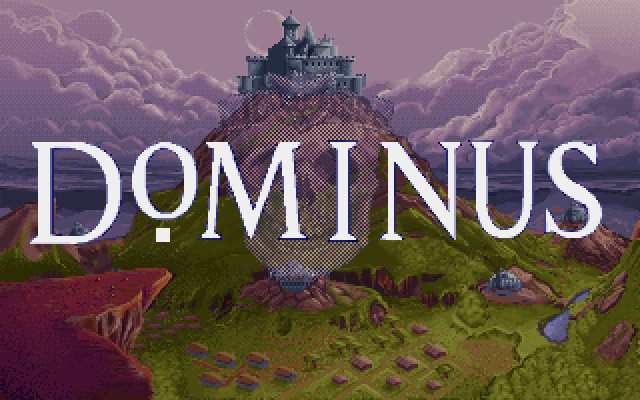I haven’t posted in a bit, for a combination of personal life stuff and other projects (more on that to come soon, hopefully!), but I wanted to share a wild story from educational software history that seems all but forgotten about.
In 1998, Panasonic Interactive Media released Secret Writer’s Society, a game designed to help kids with writing. I haven’t been able to play Secret Writer’s Society (it’s hard to find, for reasons that’ll be obvious), so it’s unclear whether the program was well-made or effective. It seems to focus on writing structure, planning, and drafting rather than the creative side of the process – maybe necessary but rote lessons.
One of the game’s major features was a text-to-speech tool that read back what you wrote. It had one big problem: if you wrote multiple sentences and double-clicked the button – which an impatient kid could easily do – the program would read out a string of obscenities, according to one parent “[going] way beyond George Carlin’s seven banned words.”
Initially, Panasonic blamed this on a bug related to the program’s language filter. But eventually, the bug was claimed to be an act of corporate sabotage by an anonymous programmer who wanted to raise awareness about the stifling effect of relying on educational software for parenting. “Choosing to have a child constitutes a commitment to give that child the very best that you can,” the programmer said in a press release. “Letting a third-rate piece of software take over for you is wrong because it violates that contract. […] What I did isn’t a crime. The crime is letting profits get in the way of education.”
Culture jamming activist group RTMark says they paid the programmer a $1000 reward for their anti-corporate actions. (For context, RTMark previously claimed responsibility for swapping the voice boxes in G.I. Joe and Barbie dolls and putting scantily-clad men with glowing nipples in Maxis’s SimCopter.)
The programmer’s statements are probably over-the-top, especially since educational programs often serve as supplements to teaching and parenting rather than substitutes. But the criticism is still valid. We do need to think about what happens, good or bad, when we automate those responsibilities.
Panasonic is probably glad nobody remembers all this, but Secret Writer’s Society made for a bizarre example in a debate about education quality that continues today.
UPDATE: As game history vlogger Chris Chapman pointed out to me, the founder of RTMark admitted in 2014 that the organization lied about its early history and didn’t really exist when the Barbie and SimCopter stunts happened. But by 1998, the organization was actually funding projects, so this may have legitimately been an act of sabotage.
UPDATE (3/5/18): Amazingly, I got a copy. Read on for the full story!
UPDATE (6/26/18): After analysis from some readers, it seems a bug may really have been the culprit, but it’s still potentially complicated. I’ve updated the second post with more details.
UPDATE (7/12/18): RTMark co-founder Igor Vamos confirmed to me via email that the sabotage story was a hoax. It was, instead, just the worst bug ever in an educational game. I’ve updated the language in this post to reflect that their story was fabricated. See the second post for full information.



